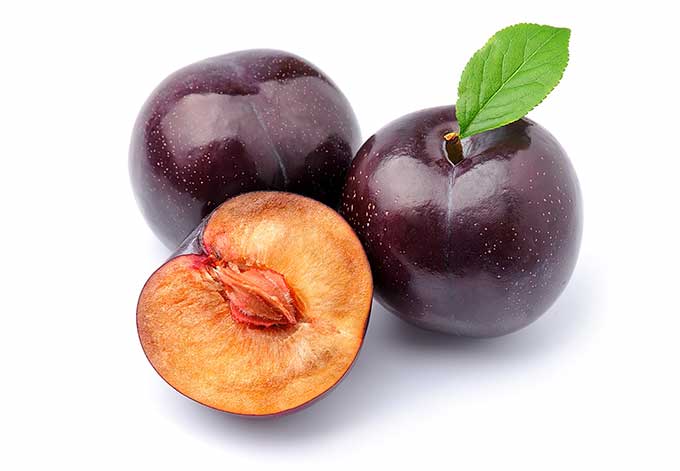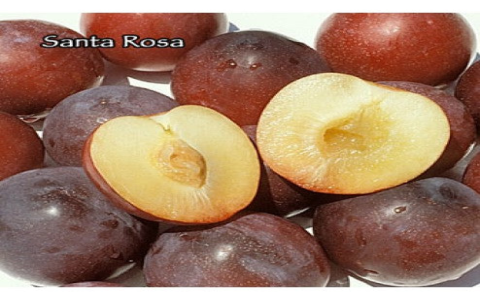Why Are Some Plums Red Inside and Some Yellow?
When you cut into a plum, the vibrant hues of its flesh can be strikingly different. Some are a luscious red, while others reveal a soft, inviting yellow. The variation in color not only adds to the aesthetic appeal of this popular stone fruit but also begs the question: why do these differences exist?
Genetic Variations:

The primary reason for the color difference in plums relates to their genetics. Plums belong to the genus Prunus, which includes a wide variety of species and hybrids. Each type of plum has its unique genetic makeup, influencing attributes like skin color, flesh color, and flavor profile. Red-fleshed plums are often derived from species that are genetically predisposed to producing pigments known as anthocyanins, which impart the rich red hues. In contrast, yellow-fleshed varieties typically have lower levels of these pigments, leading to paler flesh.
Anthocyanins and Health Benefits:
Anthocyanins are not just responsible for the red color; they also come packed with potential health benefits. These powerful antioxidants have been linked to improved heart health, reduced inflammation, and enhanced cognitive functions. The presence of these compounds in red-fleshed plums does not only catch the eye but may also provide added health advantages for those who incorporate them into their diet.
Ripeness and Color Changes:
The color of plums can also change as they ripen. For example, some varieties that start off green or yellow may turn red as they reach peak ripeness. This transformation is a result of several biochemical processes, including the breakdown of chlorophyll and the production of anthocyanins. As a plum matures, the changing colors act as indicators to consumers about its flavor and sweetness, making it easier to determine the perfect time for consumption.
Climate and Growing Conditions:
Growing environments significantly influence the color of plums as well. Factors such as soil composition, sunlight exposure, and temperature can all affect anthocyanin production. Regions with ample sunlight tend to produce plums with deeper colors. For example, plums grown in warmer climates often display more intense red hues due to their increased exposure to UV light, which triggers the synthesis of these color-rich compounds.
Culinary Uses:

The distinct colors of plums not only enhance their visual appeal but also their culinary uses. Red-fleshed plums tend to have a tart flavor that can contribute an exciting kick to pies, jams, or even savory dishes. On the other hand, yellow-fleshed plums are often sweeter and juicier, making them ideal for eating fresh or incorporating into salads. The versatility and unique flavors of both types ensure they play a significant role in various recipes.
Market Preferences:
Consumer preferences also come into play regarding the popularity of red vs. yellow plums. Some people are drawn to the striking appearance of red-fleshed varieties, while others prefer the sweetness often associated with yellow plums. This diversity in consumer tastes prompts growers to cultivate a range of plum types, catering to both markets.
In exploring the question of why some plums are red inside while others are yellow, it becomes clear that the answer lies in a blend of genetics, environmental factors, ripeness, and consumer preferences. The vibrant colors of plums are not merely a feast for the eyes but a reflection of the intricate processes that govern their growth and development. So the next time you cut into a plum, take a moment to appreciate the beauty and complexity behind its colorful interior. Whether red or yellow, each variety offers its own unique experience, inviting you to discover the delicious world of plums.



